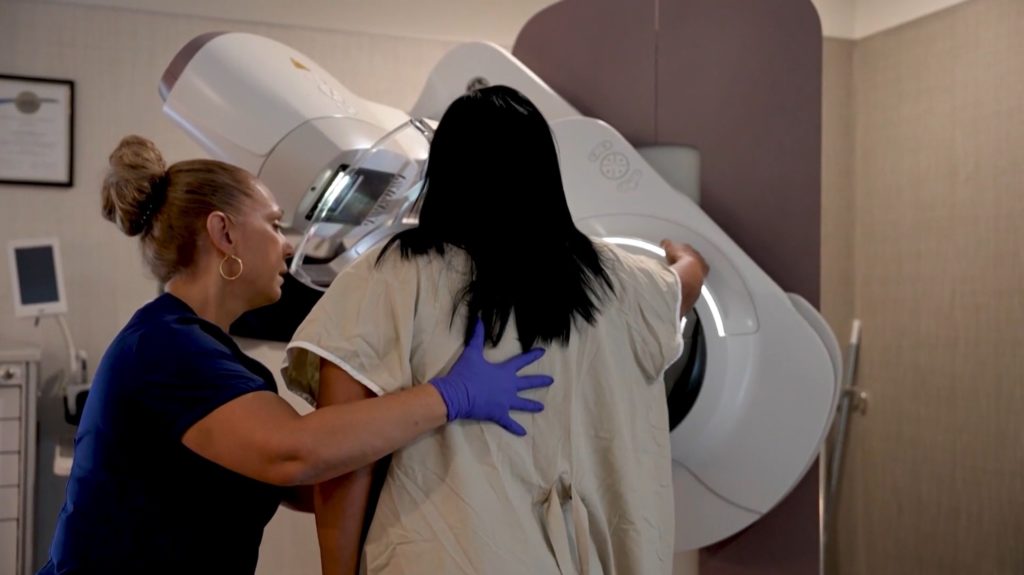Ontario urged to adopt nurse-patient ratio amid retention crisis

Every additional patient added to a nurse’s workload is associated with a 7 per cent increase in patient deaths based on findings in a newly released study.
Implementing nurse-to-patient ratios in Ontario’s hospitals would save lives, improve overall patient care and help address a long-standing staffing crisis.
Those are the findings of a new academic study “Nurse-patient ratios-saving lives and rebuilding nurses’ morale.”
Dr. Jim Brophy who co-authored the study with Dr. Margaret Keith was in North Bay to present their findings to the local media.
Brophy, a researcher affiliated with the University of Windsor stated that “Assigning nurses a manageable workload ensures patients receive appropriate care, which in a high-stakes hospital environment can mean the difference between life and death.”
Over the past eight years Brophy has produced five studies focusing on working conditions in Ontario’s health care system.
This recent study is based on an extensive review of existing research on staffing levels in hospitals, and in-depth interviews with many Ontario hospital nurses.
It also delved into nurse-ratio standards that have produced positive results in places like California, British Columbia and Nova Scotia, and two provinces in Australia.
Brophy said the evidence was overwhelming, that mandated nurse-patient ratios work.
“That was one of the things that was so profound seeing what had happened in California and Australia and other jurisdictions. It had an immediate effect that the nurses felt that they were finally being heard, that they could finally do the work that they were committed to doing,” stated Brophy.
It has been stated that in Ontario, nearly half of nurses are thinking of leaving the profession.
“They no longer feel they can work in this environment. We really have to take a moment and think about it because we have an aging population, the demands on our health care system are going to increase, they’re not going away, and we’re not listening to the people whose service we require,” stated Brophy.
Many nurses have expressed how overwhelmed they are.
“Routinely nurses will have 5, 6,7 patients. It depends on the shift, it depends on the nursing environment, and it depends on some extent on some outside factors like if it is a pandemic causing people to be sick,” stated Michael Hurley, President of the Ontario Council of Hospital Unions (OCHU) and CUPE.
It has been reported that every additional patient added to a nurse’s workload is associated with a 7 per cent increase in patient deaths.
“The ideal ratio would be four patients to one nurse,” stated Rachel Fleming, registered practical nurse associated with CUPE’s Ontario Council of Hospital Unions.
Based on her 10 years experience working in Ontario hospitals, she noted how inadequate staffing is taking a toll on both nurses and patients, from delays in delivering medications, to trying to give quality care to more than one patient simultaneously, to wondering if a patient has been bathed that day, or even had someone had taken the time to comfort them.
Mandating a nurse-patient ratio would not only save lives, but it would reduce the staffing crisis in Ontario’s hospitals say experts.
It was announced one week ago that the province is investing $56.8 million to expand nursing enrollment, “The investment will add 22-hundred nurses to the province’s health-care workforce by 2029.”
In a news release, Nolan Quinn, Minister of Colleges, Universities, Research Excellence and Security is quoted as saying “Nurses are an integral part of Ontario’s health-care system, providing life-saving and compassionate care when patients need it most.”
He further stated, “Our government continues to expand nursing enrollment in our colleges and universities to ensure we are building the health-care workforce we need to protect Ontario health care and ensure people can continue to access excellent care, close to home.”
In response Brophy said, “That’s 30-thousand short of what their own estimates are that they’re going to need by 2027. The problem is we have a big retention problem. We can increase our nurses, but the nurses that are actually on the ground, that are doing this work, their retention is essential for this problem to be solved. And it is in crisis now. That’s why you hear when get 75 per cent of the nurses saying they have very serious stress problems. This is an unsustainable situation, so there won’t be anything close to the number of nurses that are required if this situation isn’t addressed.”
Brophy outlined the next steps to get mandated nurse-patient ratio implemented.
“The Ontario Council of Hospital Unions has a whole plan in place. They’re going to be raising this in negotiations which will be in September. They’re having meetings with MPP’s in Toronto in October, they’re having a major conference with all the nurses in December. This is the beginning of a process,” explained Brophy.
The nurse-patient ratios study was commissioned by the Ontario Council of Hospital Unions-the hospital division of the Canadian Union of Public Employees (OCHU-CUPE) representing nearly 50-thousand staff.
link







